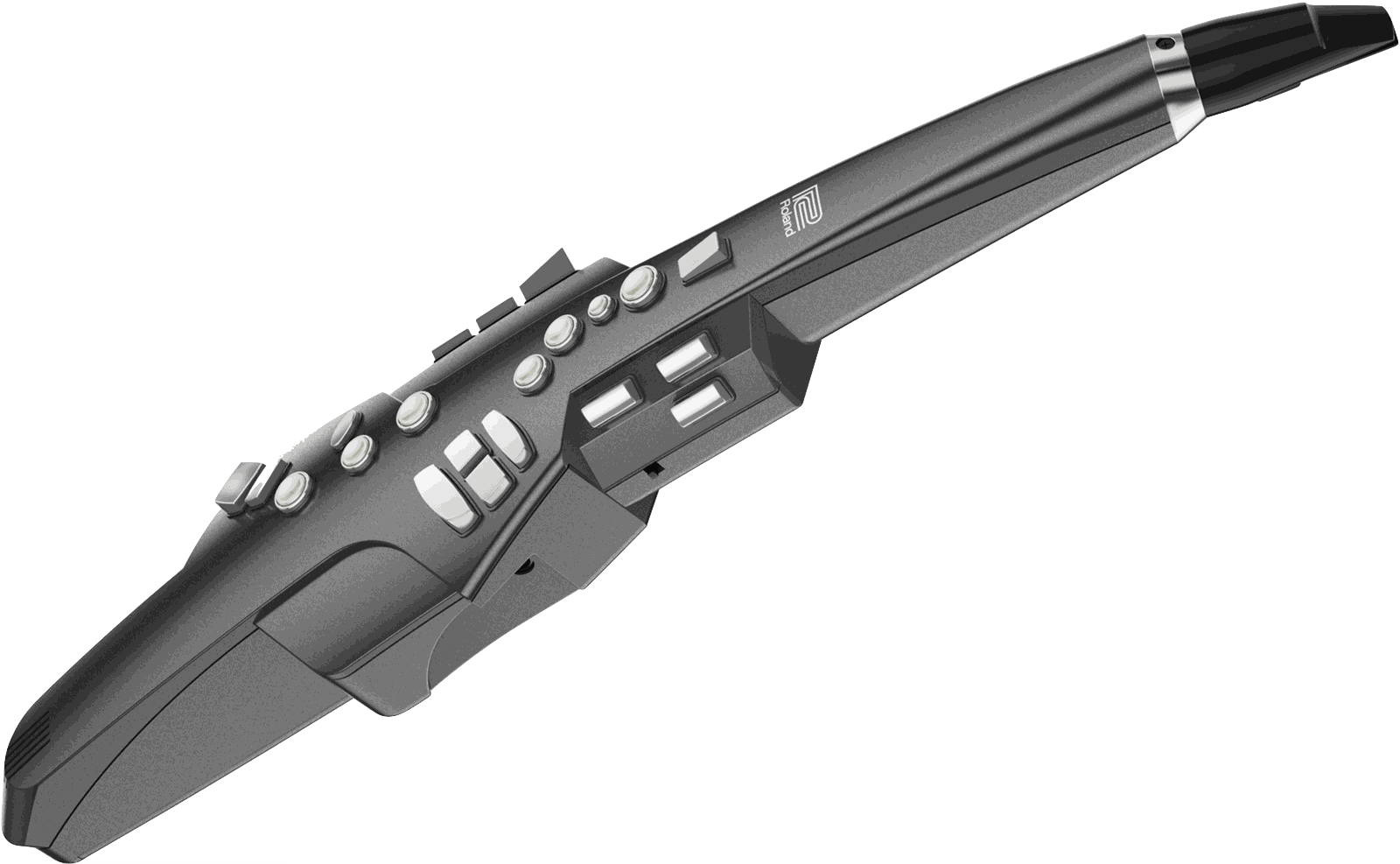From Aerophone Mini to AE-10
A few weeks ago I found an excellent deal on the Aerophone AE-10G from Amazon Warehouse and I bought one.
I had been hesitant for months because, being a recorder player:
the ae10 is clearly aimed at sax players;
there’s a reed sensor that requires some reed technique which I don’t have;
it’s huge in size;
it’s expensive.
That said, I was becoming more and more unsatisfied with the sounds of the Mini and even if it’s OK to use it as a MIDI controller for some external sound generator (I even wrote an Android app for this, as you know), the whole idea of “mini-ness”, of portability, gets somehow lost in the way.
 So, when I saw the deal on Amazon (eventually it came at less than 500€), I decided to give it a try. Since it arrived, I practically never touched the Mini again: I love the AE-10. Here’s why.
So, when I saw the deal on Amazon (eventually it came at less than 500€), I decided to give it a try. Since it arrived, I practically never touched the Mini again: I love the AE-10. Here’s why.
The keyboard is slightly more spaced and the response from the keys is far far superior to the Mini’s: it’s smoother, less noisy and much more comfortable under the fingers.
The sounds are from another planet compared to the Mini, but we already knew that. What is interesting to me is that they are very responsive to what and how you play and so they become more complex and convincing to the ears. I don’t like much the saxes I must say, but the clarinet is excellent for studying while trumpets are very very fun to play.
The speakers are superior too: first of all you get 2 instead of one, and in general the sound seems a lot better.
You can program up to ten custom fingerings on the AE-10 as well, so I could add all the fingerings I had already added to the Mini and continue playing without having to change anything. Also, when you select the general “Recorder” fingering, all the additional keys on the sides (except the ones for the left pinky) are disabled, so that you don’t have to worry about mistakenly pressing them.
You can disable the reed sensor as well, which I did, and use some Teflon tape to fix the reed, which I did as well. There’s only a major flaw in this: the sounds get an automatic vibrato which you don’t get if the reed sensor is active. I think in the near future I will re-enable the reed sensor and learn some basic technique.
On the AE-10 there are 6 AA batteries instead of the four in the Mini, which is slightly less comfortable. Also, their duration is far less than on the Mini, but it’s OK.
Finally, some minor plus are:
You get a nice bag for the whole thing;
You can power the Aerophone with an external power supply (included);
The ring and the neckstrap look more sturdy than the Mini’s;
There are both a standard ¼" stereo jack output and a standard 3.5mm stereo jack for an AUX input, which is nice.
The only real drawback is the absence of Bluetooth, something I find very useful on the Mini. Pity.
All that considered, in the next few days I am going to change the name of this blog and give it something more general about Wind Controllers, so that I can continue sharing stuff for the Mini and for other wind controllers as well, starting from the AE-10.
Let me know what you think!